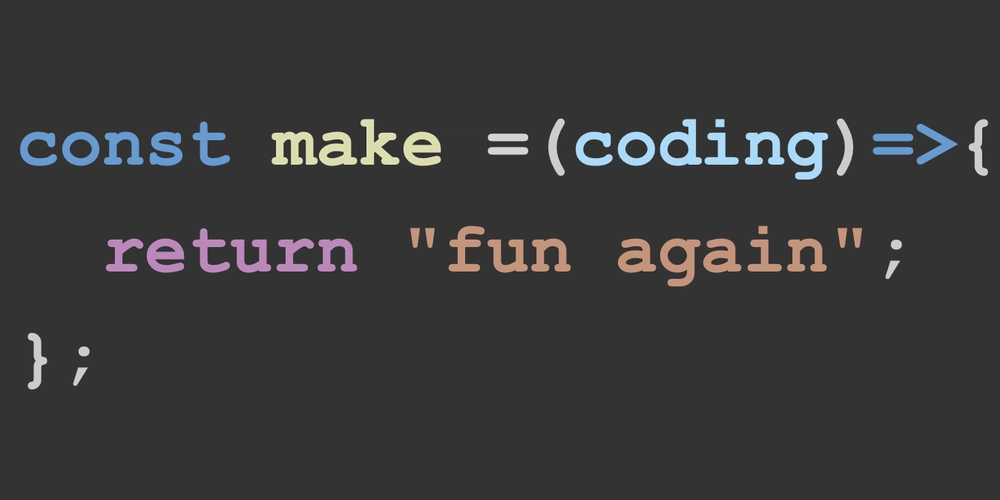
Is Your Website Too Wide? Simple Fixes for a Better User Experience on Any Device
Your website is your digital storefront. A poorly designed site can turn visitors away before they even see your amazing content. Is your website "too wide"? This might sound like a minor detail, but it significantly impacts user experience, and ultimately, your website's success.
This article explores why website width matters and offers specific, actionable tips to ensure a visually appealing and user-friendly design across all devices, which can in turn help improve average session duration time and improve your rankings in Google.
Why Website Width Affects User Experience
A website that feels "too wide" suffers from several critical issues:
- Poor Readability: Lines of text become excessively long, forcing the eye to travel further and making reading tiring and less engaging.
- Decreased Focus: A wide layout can overwhelm visitors, making it harder to focus on key elements and calls to action.
- Negative Perception: A poorly optimized width suggests a lack of attention to detail and can make your site appear unprofessional.
These issues contribute to higher bounce rates and shorter session durations. The end result? You're losing potential customers because of something easily fixable.
Diagnosing the "Too Wide" Problem
How do you know if your website is too wide? Here's a quick checklist:
- Visual Inspection: View your website on a variety of devices (desktop, laptop, tablet, and smartphone). Does it feel cramped or stretched on any of them?
- Text Readability Test: Can you comfortably read long paragraphs without losing your place?
- User Feedback: Ask friends, colleagues, or even potential customers for their honest opinions on the site's layout.
If you answered "yes" to any of these, it's time to address the issue and improve your website's responsiveness.
The Key to a Balanced Website Width: Horizontal Padding and Max-Width
The solution often lies in two simple CSS properties: horizontal padding and max-width.
-
Horizontal Padding: Adding padding to the left and right sides of your content creates visual breathing room, preventing elements from stretching to the edges of the screen.
-
max-width: Setting amax-widthon your main content container limits its overall width, ensuring it never exceeds a comfortable reading size, especially on large screens. Themax-widthis usually set on the main container or body.
Implement Horizontal Padding For Instant Improvement
Adding horizontal padding creates a visual buffer between your content and the screen edges. Imagine a picture frame, this helps frame your content.
- Example: Try adding
padding-left: 20px; padding-right: 20px;to your main content area. Adjust the pixel value to find what works best for your design.
Using max-width to Control the Chaos
The max-width property is your best friend on larger screens, preventing your content from sprawling across the entire display. This is useful for maintaining website width.
- Example: Set
max-width: 1200px;on your main content container. This will ensure that the container never exceeds 1200 pixels in width, regardless of the screen size. - Centering: Pair
max-widthwithmargin: 0 auto;to horizontally center your content within the available space.
Responsive Design: The Ultimate Solution to Ensure Correct Website Width on Any Device.
For a truly seamless user experience, implement a responsive design using CSS media queries. This allows you to adjust the website width and padding based on the screen size.
-
Example:
This code snippet sets a max-width of 1200px on larger screens but allows the container to expand to full width on screens smaller than 768px (typical tablet size). The padding is reduced to maintain visual balance. A good user experience is determined by testing on multiple resolutions.
Test, Iterate, Refine: Improve Horizontal Spacing On Your Website on Any Device
Don't just set it and forget it. Regularly test your website's width and responsiveness on different devices and browsers. Use browser developer tools to simulate various screen sizes and resolutions.
Gather user feedback and make adjustments as needed. A well-balanced website width contributes to a more enjoyable user experience, leading to increased engagement, lower bounce rates, and ultimately, better results for your business. With some simple fixes regarding website width, you can improve engagement, SEO, and the user experience.























